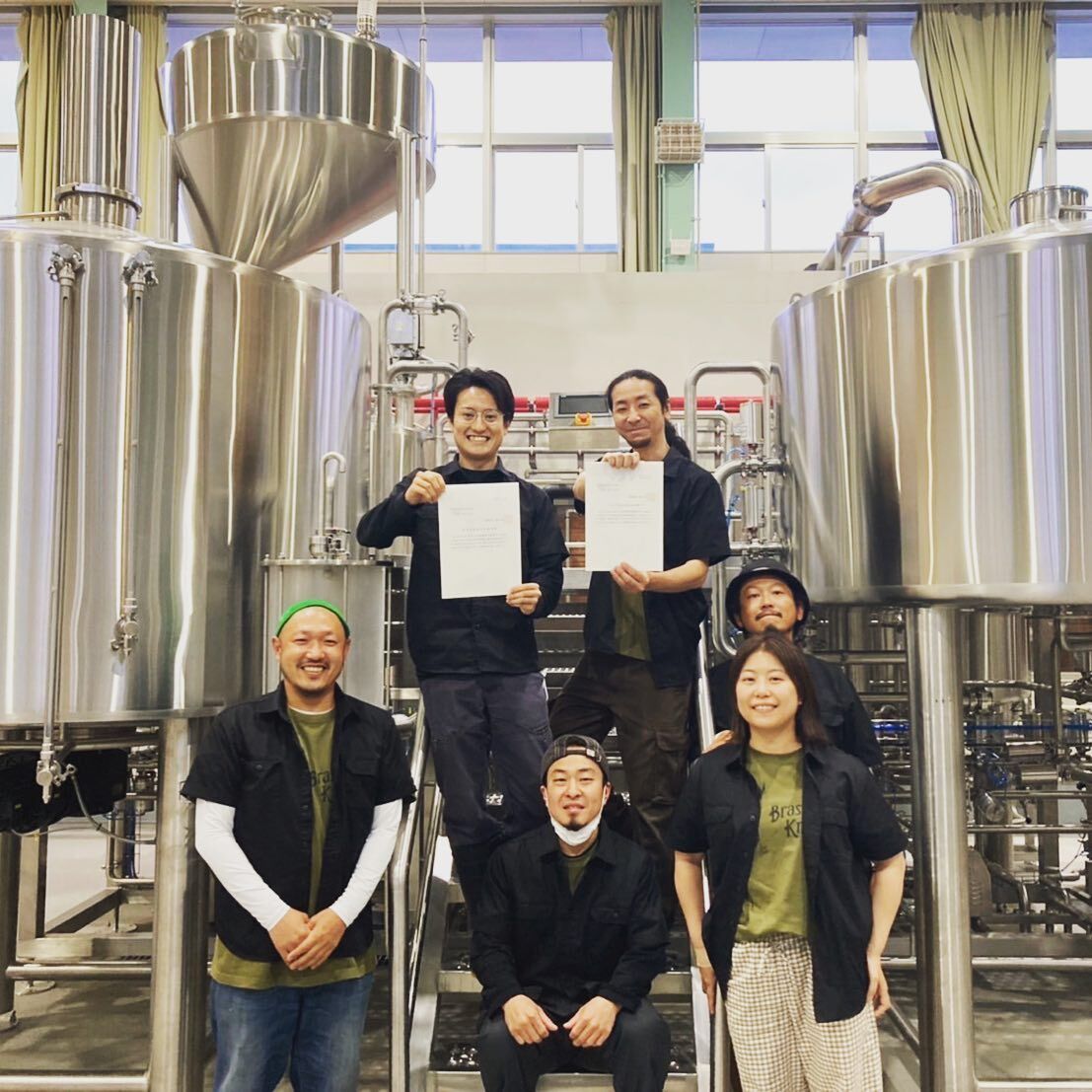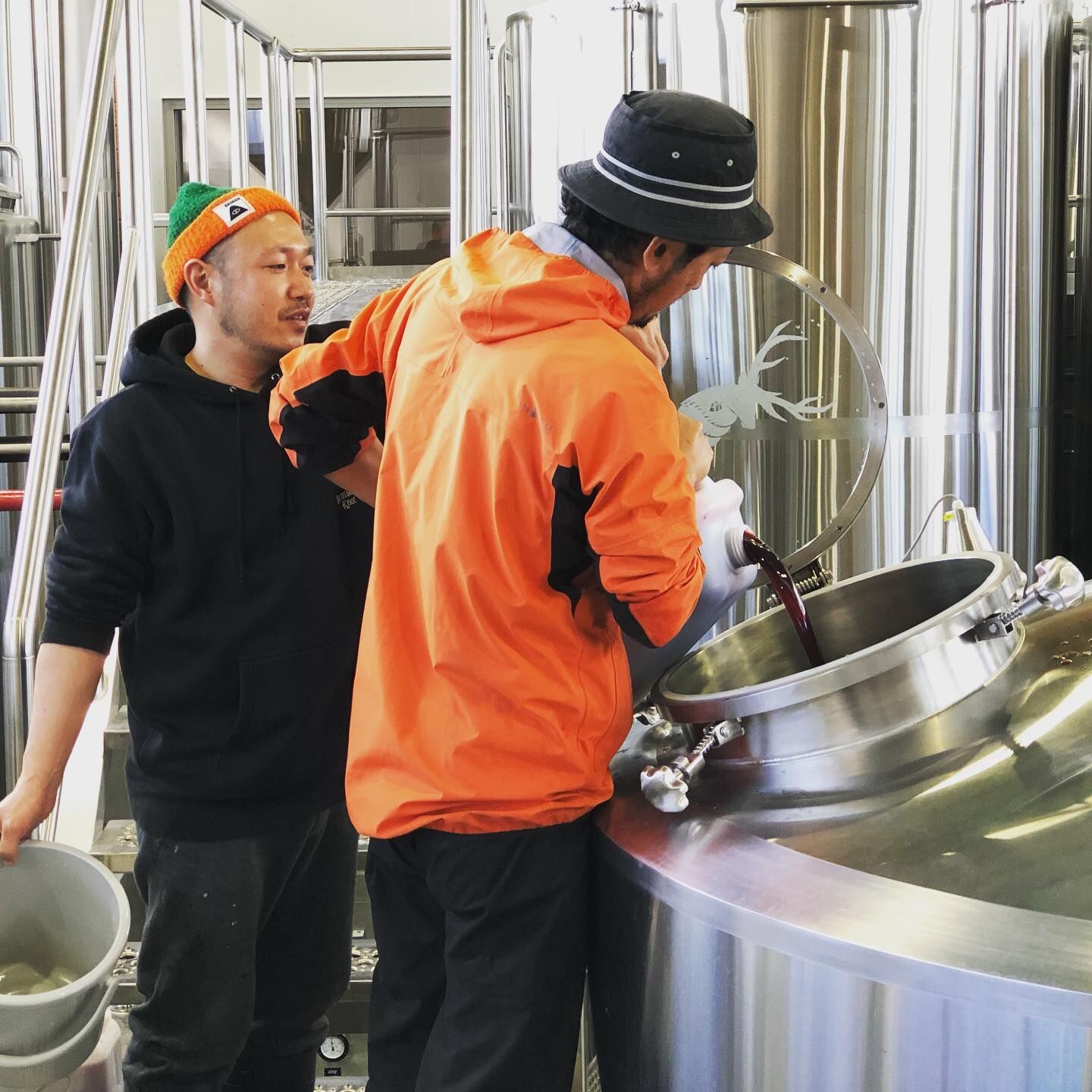HOW MUCH DOES BREWERY EQUIPMENT COST
/Update Feb 08, 2023 / By YoLong Brewtech
Start Today
Brewery equipment cost is a very important issue when you want to open yourself brewhouse,Breweries are diverse in equipment, production methods and size. The majority of breweries produce beer on a batch basis; some larger breweries have systems to create beer on demand. being largely dependent on the type of beer produced and the degree of automation desired.
Microbreweries brew traditional beers and/or new styles of beer. They typically focus on low volume production and may be small, independent companies or cooperatives.
For example, a larger brewery is more likely to be composed of distinct sections such that each is dedicated to a specific phase of the brewing process. The “wort section” contains tanks for the fermentation process and a boiler where heat is generated. Each step in this process has equipment devoted to it for automation and efficiency in producing consistent quality beer.
The science behind brewing beer may be simple and well-understood, but that doesn’t mean that all brewmasters follow a single path. At the smaller end are microbreweries, which tend to consist of a single room where the entire brewing process is performed. The other extreme is represented by multinational corporations like Anheuser-Busch InBev, whose operations span the globe. Despite these great differences in size, however, much of the brewing process has remained essentially unchanged over time as it’s dictated by relatively simple biochemical processes.
FACTORS AFFECTING BREWERY EQUIPMENT COSTS
No matter the brewhouse size, all breweries must estimate their equipment costs. It’s a highly dependent on the volume of beer that you need to produce in order to make a profit. Large breweries can also produce a wider range of products, including seasonal variations and limited-edition brews.
Factors that come into play in estimating the cost of brewery equipment include:
- Brewery equipment material
- New or used brewery equipment
- Size of the brewhouse
- Degree of Brewing Automation
Brewery Equipment Material
Brewery equipment is made of various materials, the most common brewing kettles being made from copper and stainless steel.
Copper Brewery Equipment
There is a reason breweries use copper kettles and equipment — it’s because they’re the best materials for transferring heat and can also withstand harsh cleaning solutions. However, some chemical reactions (or “off flavors”) can result from using copper.
Stainless Steel Brewery Equipment
If you’re looking for a modern-day kettle that combines classic styling with all the features of today, consider the premium copper clad stainless steel kettle. Many modern kettles have copper cladding to provide a more traditional appearance, but this cladding is purely cosmetic as it doesn’t come into contact with the wort.
Stainless steel is also much stronger than copper, which is a critical consideration since kettles are pressurized when the wort is boiled. As a result, they’re more likely to explode if they’re made of cheap materials. Stainless steel resists corrosion and won’t need as much care, so your new kettle will last longer.
New or Used Brewery Equipment
In addition to size, the cost of brewery equipment is greatly affected by whether it’s new or used.
Business owners starting a microbrewery often have a limite When starting up a microbrewery, it’s important to select equipment that best suits your brewing needs and remains within your budget. Business owners starting a microbrewery often have to make some compromises regarding their purchase decisions.
Starting a microbrewery requires an array of important purchase decisions, Learn how to make these decisions with Expert Tasks: Establishing Your Startup Budget for Your Microbrewery.
The major equipment that a brewery needs includes the following:
- Mash tun
- Lauter Tun
- Kettles tank
- Whirlpool tank
- Fermentation Tanks
- Storage Tanks
- Serving tank
- Kegs
Whether you are a new brewer or a seasoned veteran, these essential brewery supplies will help you keep your commercial brewery in top shape. From filters, cleaning tools, and cooling equipment to bottlers and refrigerators, these items are necessary for any brewer!
Size of the Brewhouse
A brewhouse may refer to a company that brews beer or the building used for this process, but it’s also a collective term for all the components a brewery will need for the initial brewing stage.
How is brewhouse size calculated?
The capacity of the brewhouse equipment depends on how much beer you want to produce. In other words, the production capacity. So let’s explain some terminology before you start to calculate your brewhouse.
Beer Barrel – BBL, Gallon – GAL, and Hectoliter – HL
1 BBL = 31 GAL, and 1 HL = 0.85 BBL
The maximum annual production capacity is dependent on how often you’ll be brewing on any given week. A nano/craft brewery or brewpub system usually ranges between 5 BBL – 15 BBL, which produces between 500 – 3,000 barrels per calendar year. On a macro scale, a full production brewery system would be 15 BBL or greater, with the ability to produce upwards of 3,000 barrels per year.
The annual production is calculated using this formula: (brewhouse size) x (number of brews per week) x (approx 50 weeks per year) = Annual Production
A 5 BBL system x 2 brews a week x 50 weeks = 500 BBL annually
A 5 BBL system x 3 brews a week x 50 weeks = 750 BBL annually
A larger brewery may use a five-vessel brewhouse, in which each of these components is a separate vessel.
A microbrewery is more likely to use a two-vessel brewhouse that combines the mash mixer, lauter tun and hot liquor tank into one vessel, and the boil kettle and whirlpool into another vessel.
In a two-vessel brewhouse, the first vessel is used to mash the malt and other grains, extracting what’s called “wort,” which is then boiled in the second vessel. Additional hops are added to this pot, along with other ingredients like cinnamon sticks and coffee beans. After the wort is allowed to cool and settle, it becomes clearer—and thus more ready for fermentation.
The capacities of brewhouses are typically measured in barrels (bbls), which is 31 U.S. gallons in the United States.
YoLong Brewtech offers a range of brewhouses to fit any size and budget, including its 3.5 bbl system that retails for just under $50,000 and its 20-bbl brewhouse that costs around $100,000.
A larger brewery may use a five-vessel brewhouse, in which each of these components is a separate vessel.
A microbrewery is more likely to use a two-vessel brewhouse that combines the mash mixer, lauter tun and hot liquor tank into one vessel, and the boil kettle and whirlpool into another vessel.
In a two-vessel brewhouse, the first vessel is used to mash the malt and other grains, extracting what’s called “wort,” which is then boiled in the second vessel. Additional hops are added to this pot, along with other ingredients like cinnamon sticks and coffee beans. After the wort is allowed to cool and settle, it becomes clearer—and thus more ready for fermentation.
The capacities of brewhouses are typically measured in barrels (bbls), which is 31 U.S. gallons in the United States.
YoLong Brewtech offers a range of brewhouses to fit any size and budget, including its 3.5 bbl system that retails for just under $50,000 and its 20-bbl brewhouse that costs around $100,000.
ARE YOU HAVE BREWING QUESTIONS?
WE CAN HELP!
Fermentation Tanks
Fermentation tanks are used for the second phase of the brewing process. During fermentation, yeast converts sugar in wort into alcohol and carbon dioxide. These tanks should have a cone-shaped bottom, which facilitates the process of recovering the yeast for later use.
YoLong Brewtech has been building beer fermentation vessels for over 20 years for breweries of all sizes, primarily for smaller to large commercial breweries.
we also offers a line of standard fermenters combining the best features from our custom designs with our hallmark quality craftsmanship. Our standard line tanks range from 5 BBLs to 500 BBLs in size.
Brite Tanks/ Serving tank
Beer is filtered and pumped into another tank known as a secondary fermentation or brite tank after the fermentation process is largely complete.
A brite tank allows the beer to further clarify and carbonate before being transferred into a bottle, can or keg for consumption. Some brewpubs also serve beer directly from a brite tank.
BBT, Bright Beer Tanks, cylindrical pressure tanks, serving tanks, beer final conditioning tanks and beer storage tanks are some of the most common terms for the same class of special pressure vessels designed to preparation of carbonated beer before its bottling. Purified carbonated beer is pushed from lager beer tanks or cylindrically-conical tanks into pressure storage beer tank under pressure up to 3.0 bar.
Kegs
Kegging has the advantage of being much faster than bottling or canning beer. It’s probably the fastest way to make beer available to consumers, and that’s why it remains a vital part of the brewing process.
A ½ bbl keg is one of the most common sizes, YoLong provides kegs of different sizes and specifications, as well as keg washing machines, filling machines, etc.
When beer is made, it needs to be refrigerated (if not already) and kept in kegs until it’s ready to ship. Kegs also need to be washed to prevent beer from spoiling or tasting bad. Smaller breweries may be able to get away with washing kegs by hand, but larger ones will prefer the greater efficiency and reduced costs of a keg washer.
BREWERY BREWING CONSULTING
If you are not a professional brewer and are considering making the transition from home brewing to nano brewery, it is a good idea to find a professional brewery consultant to help you through the first 30-90 days.
The Brewery Consultant will:
- 1:Help expand your recipes.
2:Learn how the Nano brewing system works
3:Convince potential clients that you are on the right track.
4:Be your most reliable “brewery problem solver” partner
5:Make your commercial brewery a reality in the near future
if you want to start your own brewing business. My company YoLong has been working on microbrewery & beverage projects since 2004, we can give you any assistance from 0 to turnkey. Check out the professional brewing consulting services we offer.
Interested in learning more about Brewing Systems including additional details and pricing information? Please use the form below to contact us!







